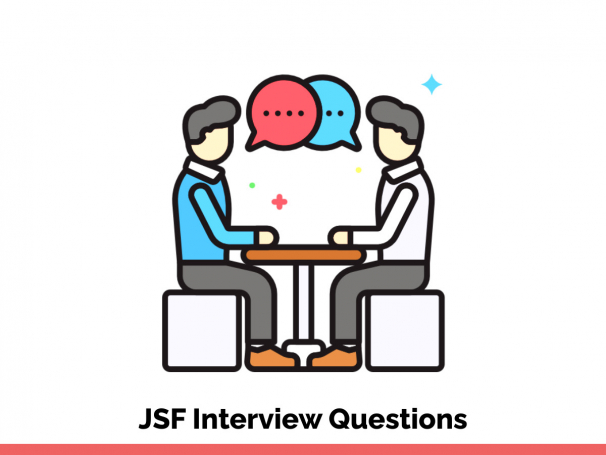What is JSF?
JSF (Java Server Faces) is a component-based user interface framework that works on the server-side and is used for the development of web applications. In this, a well-defined programming model is provided and it also consists of rich APIs and various tag libraries.

